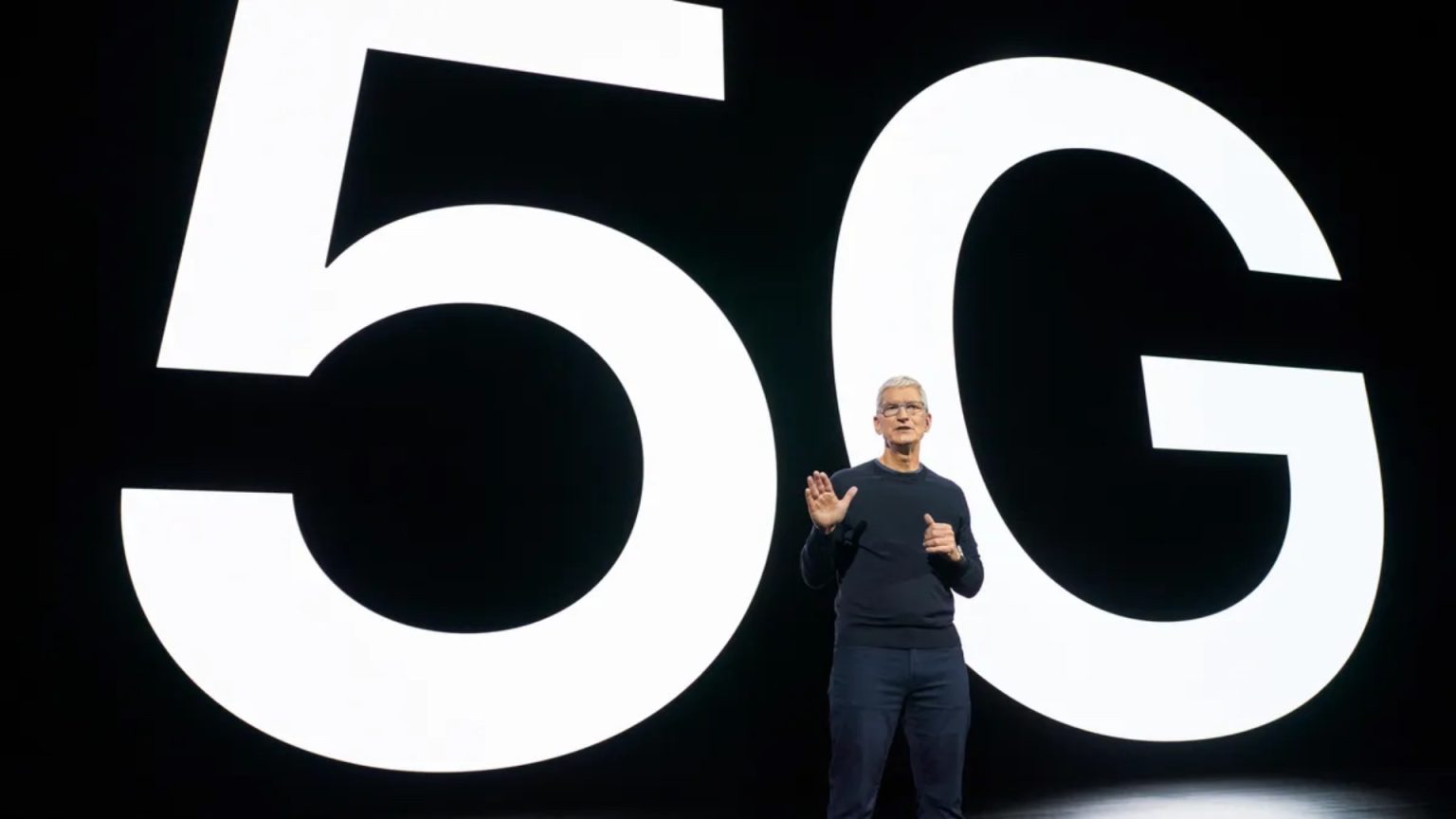Apple initially planned to incorporate its first in-house 5G modem chips in this year’s iPhone 15, but the project suffered huge setbacks due to mismanagement within the project. A new report from the Wall Street Journal sheds light on what went wrong inside Apple’s latest ambition to create its latest custom component.
Apple CEO Tim Cook greenlit the project back in 2018, with the ultimate goal of removing Qualcomm’s line of Snapdragon modems from the iPhone supply chain. To ramp up the project, Apple hired thousands of engineers including the employees it gained when it acquired Intel’s modem business in 2019. The company also inaugurated new offices in San Diego, the city where Qualcomm is based while poaching hundreds of engineers from the latter.
Apple’s initial goal was to begin shipping its in-house modems as soon as this year with the iPhone 15, but leaders within the project – codenamed Sinope – soon realized that the goal was impossible to meet due to a number of factors. Tests conducted last year on modem prototypes found them too slow, too big, and too hot compared to Qualcomm modems, with the circuit board of one prototype described as being as big as half an iPhone.

Discover new horizons, always connected with eSIM
Travel the world stress and hassle-free with the best eSIM service available. Enjoy unlimited data, 5G speeds, and global coverage for affordable prices with Holafly. And, enjoy an exclusive 5% discount.
Executives better understood the challenge after Apple tested its prototypes late last year. The results weren’t good, according to people familiar with the tests. The chips were essentially three years behind Qualcomm’s best modem chip.
Wall Street Journal
Setbacks within the project weren’t purely technical, adds the report. Poor management, communication, and unrealistically tight deadlines added to the project woes. Multiple teams in the US and other countries were effectively working on the project without a dedicated global leader who could coordinate their efforts. One senior project leader is even described as having no prior experience in wireless technology.
Teams were siloed in separate groups across the U.S. and abroad without a global leader. Some managers discouraged the airing of bad news about delays or setbacks from engineers, leading to unrealistic goals and blown deadlines.
Wall Street Journal
Apple hoped to replicate the success of its Apple silicon processors found on almost all of its other products. In the process, the company underestimated the engineering and testing complexities of cellular modems as they must work with several standards including 5G, 4G, 3G, and 2G in addition to arduous testing with wireless carriers around the world.
The project would also have saved Apple billions of dollars in royalties it currently pays Qualcomm to use its modems on iPhones, which are estimated to have topped $7.2 billion in 2022 alone. Apple was forced to extend its licensing deal last week, with the new deal now running till 2026. Insiders within the project think that Apple could pull off shipping its first in-house modems as soon as 2025, but further delays remain a possibility.



